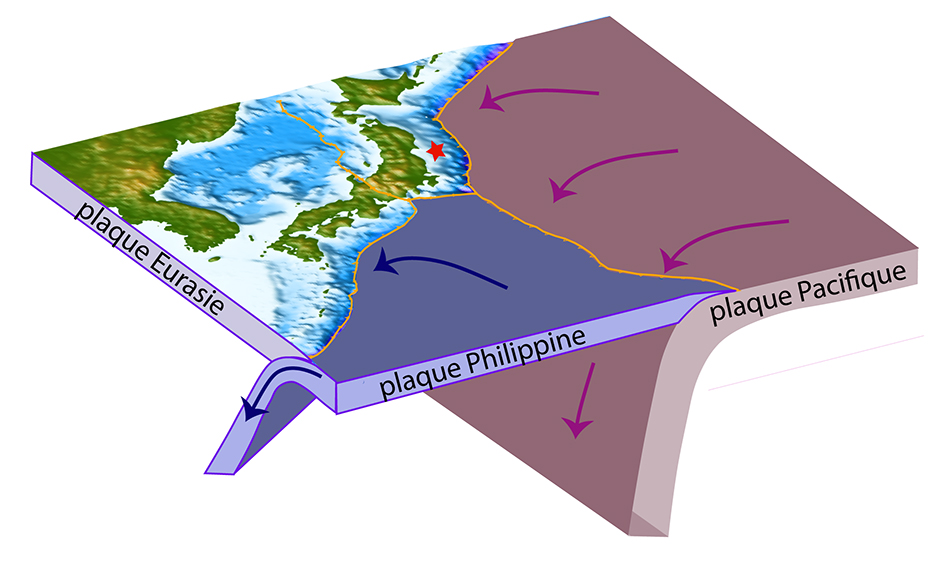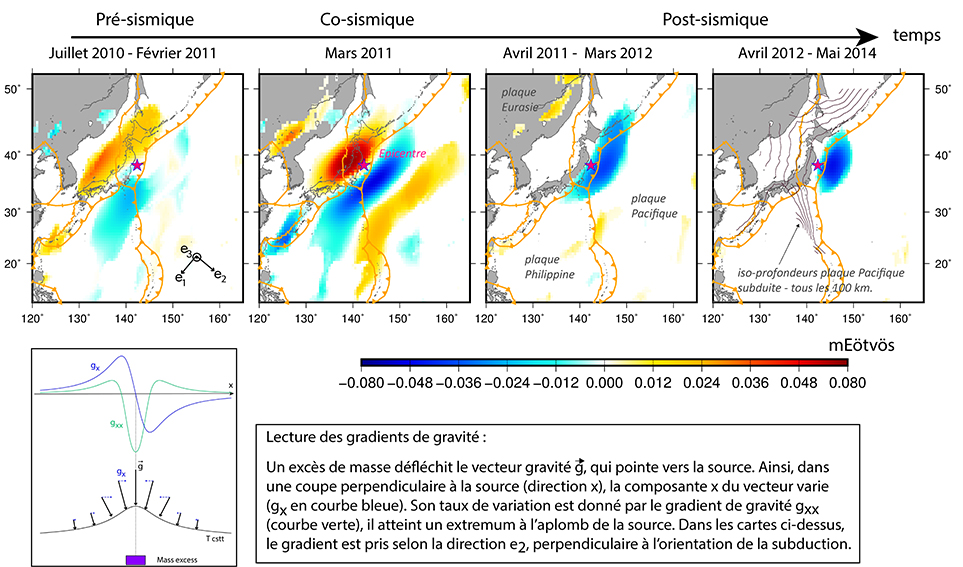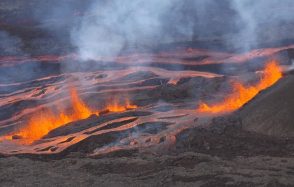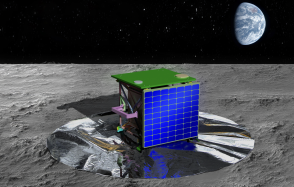Gravimetric satellite data highlight deep deformations prior to the 2011 Tohoku earthquake
Giant earthquakes, such as the one off the coast of Tohoku, Japan, in 2011, are an extreme manifestation of plate tectonics. They most often occur in subduction zones, where an oceanic plate meets a continental plate and plunges into the Earth's mantle.
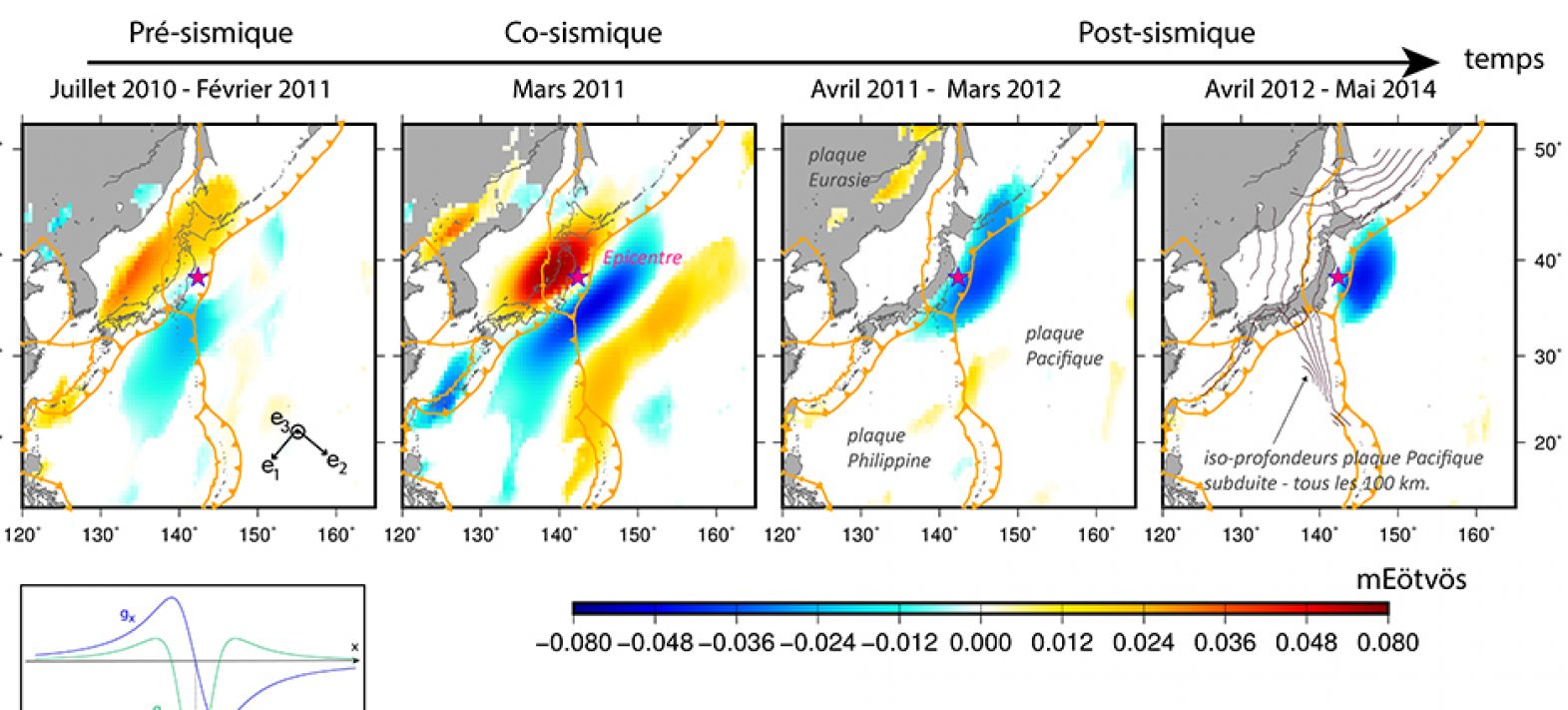
Publication date: 18/04/2018
Press, Research
Related teams :
Geodesy
Related themes : Natural Hazards





